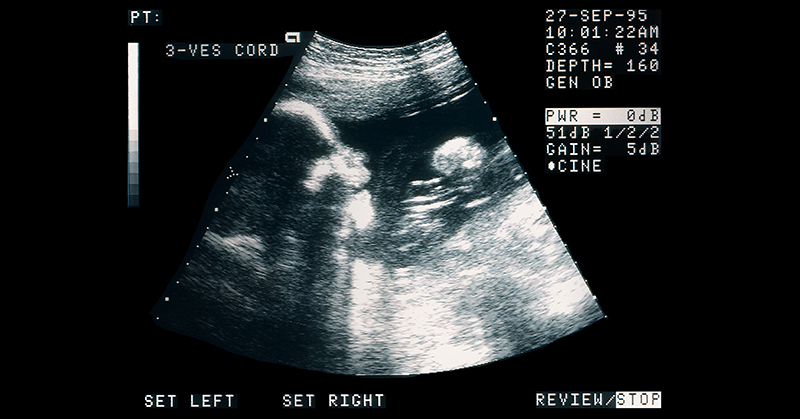
Tiny, balloon-like particles released from the placenta into the maternal bloodstream could provide clues for identifying fetuses at risk for impaired growth, suggests a study funded by the National Institutes of Health (NIH). Known as extracellular vesicles (EVs), these structures are larger and less numerous in pregnancies with growth-restricted fetuses and have a different fat composition compared to pregnancies on a normal growth trajectory. The findings could lead to ways to identify fetuses at risk for growth restriction early so that pregnancies could be monitored for complications.
The study was conducted by Isabella Caniggia, M.D., of the University of Toronto, and colleagues. It appears in the Journal of Extracellular Vesicles. NIH funding was provided by the Eunice Kennedy Shriver National Institute of Child Health and Human Development through its Human Placenta Project.
Background
Infants weighing below the 10th percentile for their stage of pregnancy are referred to as small for gestational age (SGA). SGA infants are at risk for stillbirth and infant death, admission to the newborn intensive care unit, and lower neurodevelopmental scores. Although some SGA infants are born preterm, most are born at term and are not diagnosed before delivery. The authors noted there are no readily available methods for detecting fetuses at risk for being SGA.
Results
Previous studies have shown that the placenta releases EVs into the maternal bloodstream beginning in early pregnancy. Taken in by various maternal and fetal tissues, these vesicles carry molecules that influence the tissues that absorb them. For the current study, researchers isolated EVs from the maternal blood of 236 people who gave birth and then analyzed the samples for potential biomarkers that might indicate an SGA fetus.
EVs from pregnancies that yielded SGA infants tended to be larger than those from non-SGA pregnancies, particularly in late pregnancy. Beginning early in the first trimester, there were fewer EVs in SGA pregnancies compared to non-SGA pregnancies.
Lipid content (i.e., different kinds of fat) also varied between EVs of SGA and non-SGA pregnancies, beginning in the first trimester.
Significance
The researchers concluded that the composition of the lipids in placental EVs from maternal blood may indicate greater risk for fetal growth restriction and help predict the likelihood of a baby being born small for gestational age. These findings may lead to the development of biomarkers that health care providers can use to identify pregnancies at risk for SGA infants.
Next Steps
The authors called for additional studies to develop new techniques for isolating EVs more rapidly and analyzing their lipid content. They also suggest future studies to understand how ethnic diversity may influence differences in EV size and lipid content in SGA pregnancies.
Reference
Pronovost GN, et al. Lipid profile of circulating placental extracellular vesicles during pregnancy identifies foetal growth restriction risk 

 BACK TO TOP
BACK TO TOP